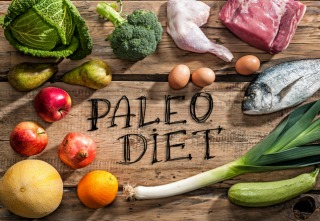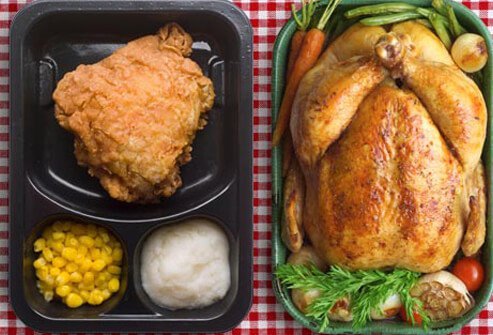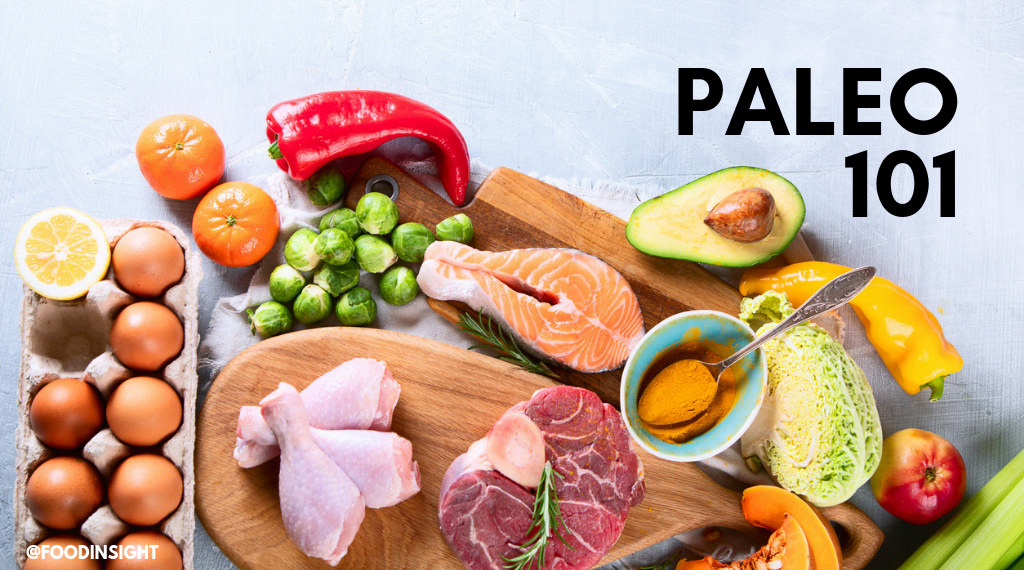
Paleo may be something you're considering. To live a healthier and happier life, here are some things you shouldn't eat. Common additives include aspartame, calcium sorbate, monosodium glutamate (MSG), nitrates, potassium bromate, saccharin, artificial sweeteners, and GMOs.
Processed foods
It is rare to find processed foods in nature. They are often manufactured in a lab and loaded with artificial ingredients or preservatives. They lack essential nutrients, fibre, and protein. People who follow a paleo diet avoid processed foods. So what foods should you be avoiding? Here are some foods to avoid when you follow a paleo eating plan.
Refined sugars
Paleo does not allow for refined sugars. These products contain a lot of additives, which are not good for your health. Refined sugars are safe to consume in moderation. Ezekiel bread, which consists of grains, legumes and milk, is another option.
Phytic acid in grains

Phytic acid, a compound found in plants and grains, can interfere with our bodies' ability absorb minerals. It's especially problematic in countries with low levels of vitamin A and iron. Paleo doesn't ban phytic, however. There are several ways to reduce its effects. Soaking grains beforehand and cooking legumes for longer periods of time can help. But, there is no good or bad answer to this question.
Vegetable oils
Vegetable oil is a common ingredient in modern cooking. But, are they good for your health? They are rich in omega-3 fatty acids, but not the healthy ones that Paleo eats. Even though they are organic, well-sourced and cold pressed vegetable oils can still contain unhealthy polyunsaturated butters that are harmful to your body. Fortunately, there are ways to substitute these oils in your cooking without compromising your diet.
Fruits
Apples are one of the most common foods on the paleo diet, and are considered a true staple. They are very nutritious and high in calories. An average-sized apple contains about 10 grams of sugar and more than 2 grams of fiber. Bananas and melons, while not being considered paleo foods, are much more nutritious than apples. You might want to add one of these fruits to the menu if you're serious about following a healthy diet.
Organic fruits
Paleo should mean that you only purchase organic, non GMO fruits and veggies. Organic produce will have fewer pesticides and trace chemicals. You may also be able to choose items low in pesticide residue as part of the Environmental Working Group’s Clean 15 list. The Environmental Working Group publishes lists of the "dirtiest" and "cleanest" foods each year.
Meat

To start Paleo, you need to make a grocery list. This way, you'll stick to your plan and not get lost in the aisles of your grocery store. A grocery list will not only help you stay on track but it will also help to identify foods that are suitable for the paleo diet. These are some foods that you should avoid eating on Paleo.
FAQ
What should a beginner cook start with?
For beginners, it is best to begin with something simple like pasta, rice or soup. Learn how to cook with a recipe book, YouTube video or other resources. It's much more fun to cook with someone you know. Try cooking together as a family, or have friends share the experience.
Do I need special equipment to cook?
Cooking doesn't require special equipment. However, having the right tools can make cooking easier. You could, for example, use a spoon to make pasta or a whisk to whip the egg whites into stiff peaks. Having the right tools makes cooking less intimidating and allows you to start faster.
How to Become a Chef?
There are many paths to becoming a chef. Start by enrolling in a class at a vocational school or community college. Consider attending culinary school. You can also apply for a paid internship.
Statistics
- In the United States, the category is estimated at $23.2 billion annually and is growing faster than the market. (washingtonpost.com)
- You'll be amazed that over 90% of CIA students receive scholarships and grants to finish their culinary studies. (ischoolconnect.com)
- On average, chefs earn $58,740 a year, according to the BLS. - learnhowtobecome.org
External Links
How To
How to cook a Steak
The type of meat you are cooking will determine the right method to use. Thicker steaks cook best at low heat. Thicker steaks require higher temperatures.
You should also ensure you don't overcook them because they'll lose flavor. Remember to take your steak out of the oven when it's done. You won't burn.
Cooking times depend on the size of the steak and the desired degree of doneness. Here are some guidelines:
Medium Rare: Cook until medium-rare, which is when the internal temperature reaches at least 145degF (63degC). This should take between 3 and 5 min per side.
Medium: Cook till medium. This usually takes only 6 minutes per side.
You are done when the internal temperatures reach 180°F (82°C). This normally takes 8 to 12 minutes per side.